- |
- |

As seasons swing by and the end of the year comes hurtling ever nearer, it’s easy to feel swept up in the momentum of our fast-paced lifestyles.
In order to slow things down, it’s helpful to take a moment to pause and take note of our senses; this month’s theme for Super8.
We know that our senses are more intense when we’re happy, so we’ve put together a list of things you can do to keep your senses firing this month. Let’s get started!
1. Sound.
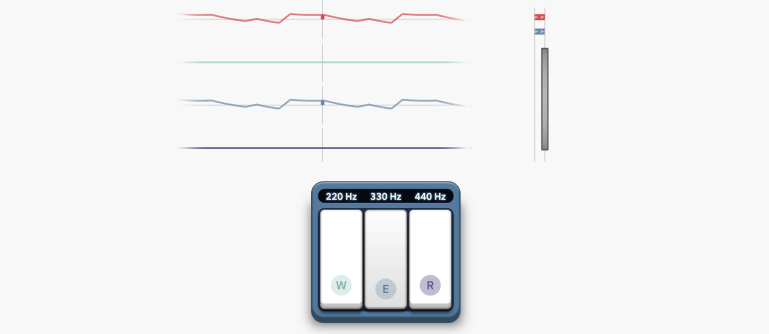
- Read the full article here.
- Created by: Blair Enns.
- Contributed by: Matt Agar.
If you’ve ever been curious about the waves that oscillate invisibly around us—and want to develop a ‘sound’ understanding of how this phenomenon works—this article explains how these waves work. You’ll learn why you can’t hear screams in space, and squeal in delight with the interactive demonstrations.
2. From development to real users: how to create a web performance story.
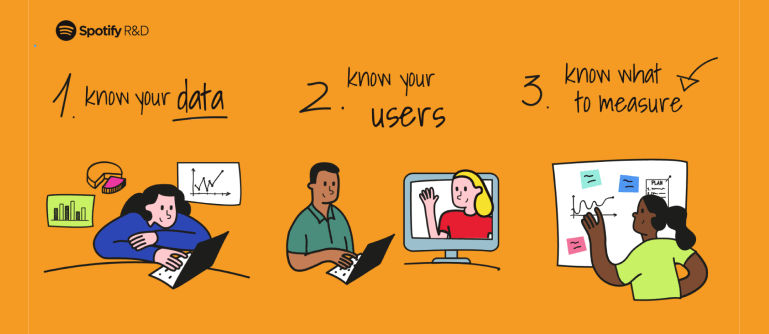
- Read the full article here.
- Created by: Vinicius Teixeira Dallacqua.
- Contributed by: Kurt Smith.
Here are some insights into the most tactile part of a (web) application. When it comes to performance improvements, it can be difficult to forecast and quantify the benefit, understand the value of changes, and measure performance. How do you convince stakeholders that improving the performance of your project is actually worth the investment? Use this article as a starting point.
3. If you want your child to be more resilient, get them to join a choir, orchestra or band.
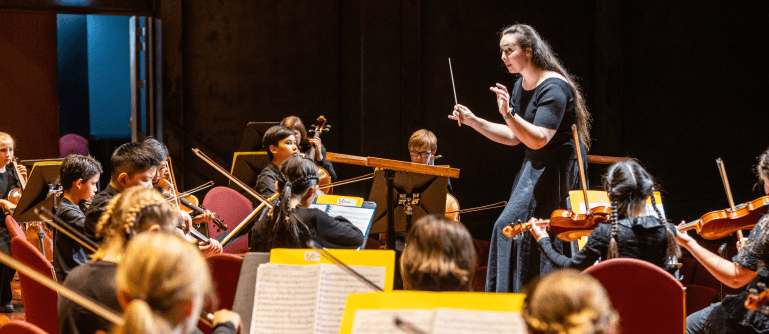
- Read the full article here.
- Created by: William James Baker.
- Contributed by: Sarah El-Atm.
It’s widely known that exposure to music as a child is great for our development. Here’s another argument that looks at resilience in children through involvement in orchestras and choirs. Some fantastic results here and good evidence to demonstrate the skill growth that’s possible for children when they engage in music ensembles.
4. The ultimate guide to user journey maps.
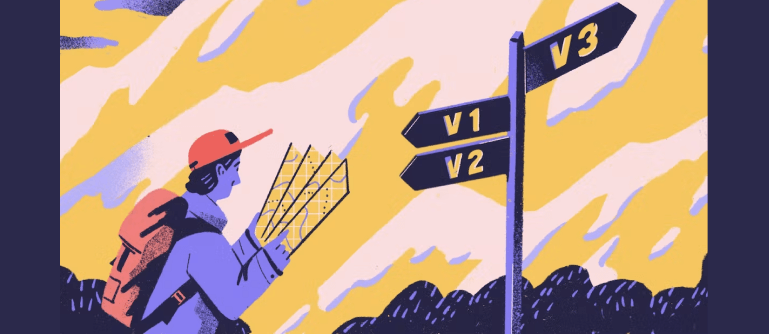
- Read the full article here.
- Created by: Dribble.
- Contributed by: Bridget Noonan.
If you really want to understand your users’ pain points, problems, delights, and joys, you need a user journey map. Learn how to create a user journey map from scratch and get inspired by real-world examples. From Spotify to Atlassian, learn how some of the world’s leading organisations ensure people leave every interaction with a sweet taste in their mouth.
5. aria-label is a code smell.
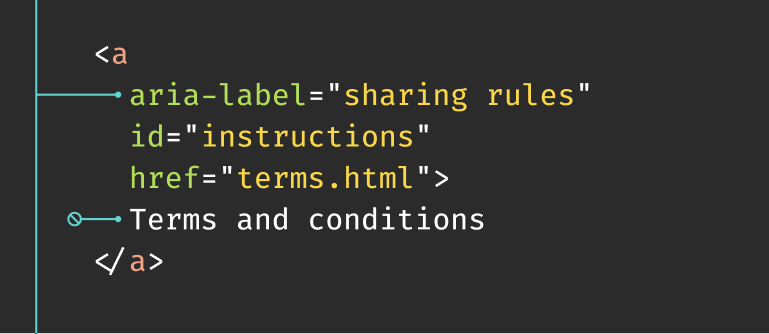
- Read the full article here.
- Created by: Eric Bailey.
- Contributed by: Timocles Copland.
No, it doesn’t mean your code is smelly. The term ‘code smell’ refers to small, repeated patterns or one-off atypical code constructs that indicate something is worth paying attention to. Like artificially scented petroleum products, it’s a little warning indicator. Smells don’t necessarily indicate an issue. For example, everything could be a-okay and functioning normally (your local petrol station isn’t going to smell like roses, and nor would you expect it to). That said, the same smell in a different context—your kitchen—is likely a sign of a deeper problem that needs attention (a gas leak to your stove, for instance).
6. Neuromarketing — how brands target your brain.
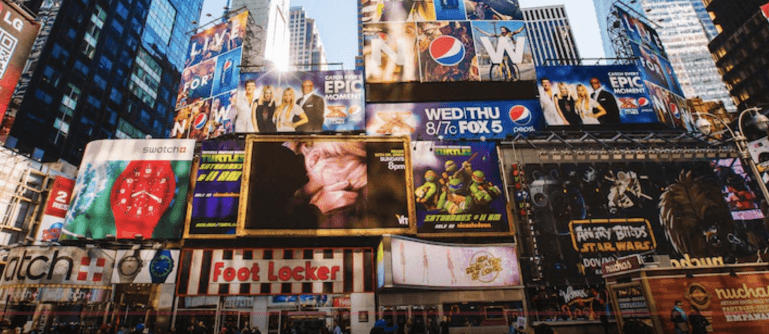
- Read the full article here.
- Created by: Sana Qadar.
- Contributed by: Janine Dickins.
The central facilitator of all our senses is a wad of tangled and irregular organic wires. Our brain. The pursuit of understanding this mysterious object has gifted us some incredibly enlightening ideas (how meta?). The techniques some organisations use to leverage these ideas in their marketing exploits is fascinating, confronting and inspiring all at once.
7. How Nike create emotion by design in 12 visuals.
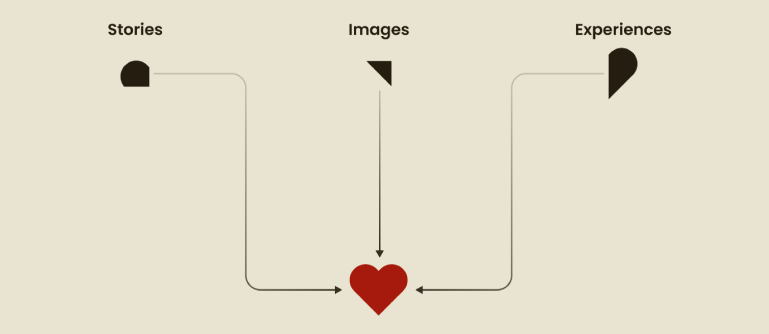
- Read the full article here.
- Created by: Steffan Morris Hernandez.
- Contributed by: Sam Donovan.
Why is Nike such a powerhouse for storytelling? This article suggests Nike’s approach is so compelling because it consciously appeals to our differing senses of joy, fear, ambition and curiosity. Or, the idea of ‘creating emotion by design’. So, how do Nike consistently achieve these feats? There’s more to it than ‘just do it’. Learn what we mean by ‘vision advantage’, why creativity is a sport, and why it’s important to strengthen your peripheral vision in storytelling.
8. AI just got more creative, and filmmakers shouldn’t be afraid.
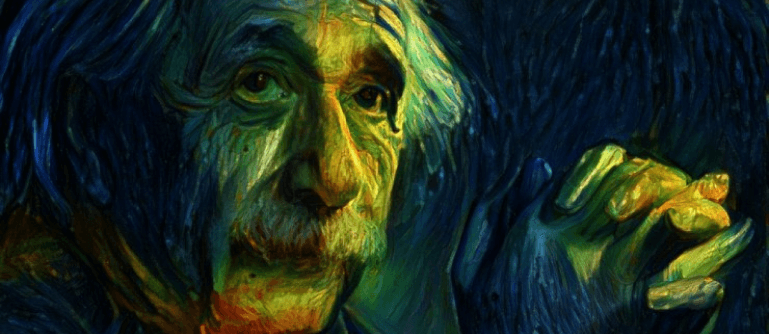
- Read the full article here.
- Created by: James DeRuvo.
- Contributed by: Jeremy Pritchard.
Increasingly our senses are taking more and more information from a synthetic world, which leaves us questioning our place in this new ecosystem. This article makes the case for embracing the possibilities of using AI for iterative and time-consuming tasks, rather than fearing innovation, like a Luddite.
More Articles
Up for some more?
Get your monthly fix of August happenings and our curated Super8 delivered straight to your inbox.
Thanks for signing up.
Stay tuned, the next one isn't far away.
Return to the blog.
